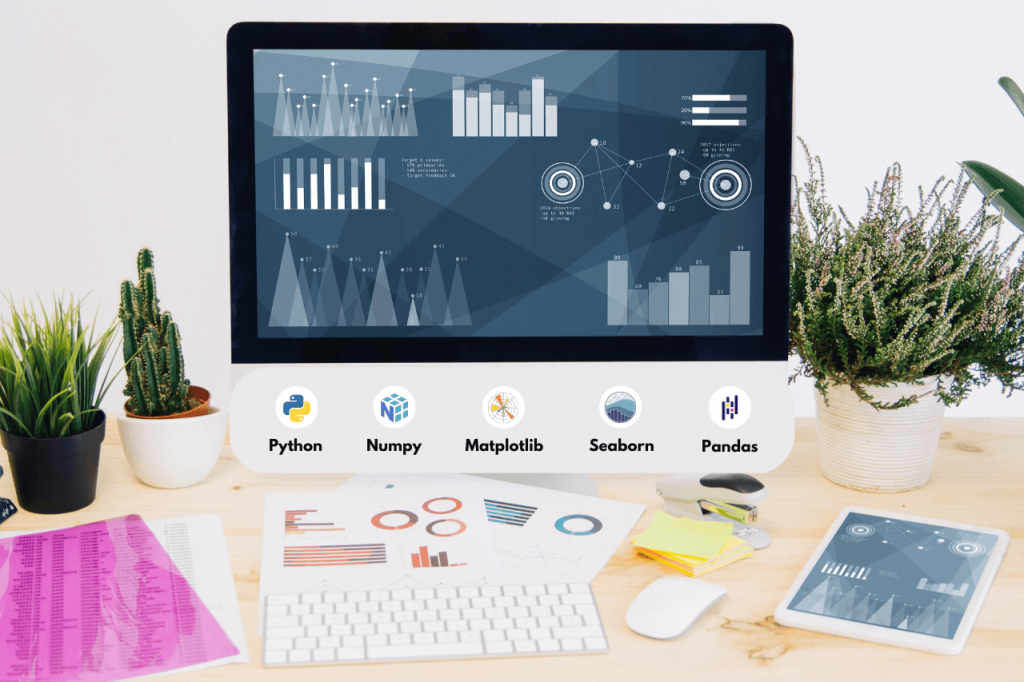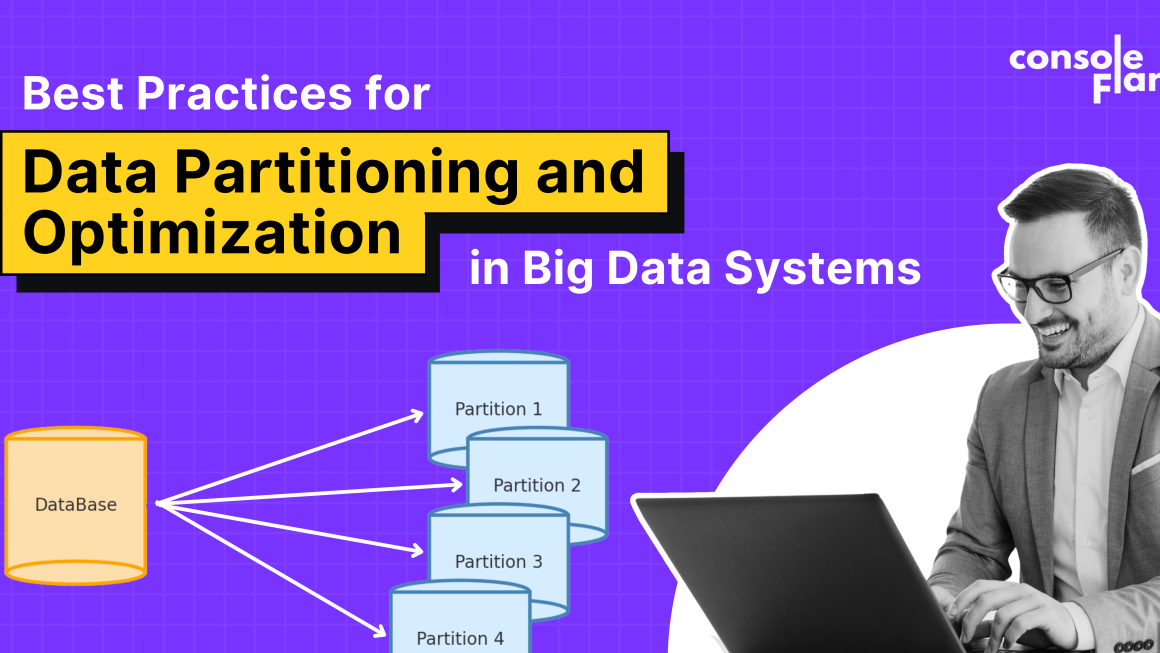Data analytics is an essential part of the modern business landscape. With the increasing volume and complexity of data, organizations rely on data analysts to extract valuable insights that drive informed decision-making. To effectively analyze data, data analysts require powerful tools that can handle large datasets, perform complex calculations, and generate meaningful visualizations.
In this article, we will explore the top 5 data analytics tools that are revolutionizing the field in 2025.
5 Best Data Analytics Tools for Data Analysts in 2025.
-
1. Python Libraries
- Python has become the de facto programming language for data analysis due to its extensive ecosystem of libraries. Among these libraries, NumPy and Pandas are two game-changers in the world of data analytics. NumPy provides efficient numerical operations and multi-dimensional array processing, making it ideal for handling large datasets.
Pandas, on the other hand, offers a high-level data manipulation and analysis toolkit, allowing data analysts to clean, transform, and analyze data with ease. These libraries have significantly streamlined the data analysis process, enabling data analysts to perform complex calculations efficiently.
You’re reading the article, 5 Best Data Analytics Tools for Data Analysts in 2025.
2. Power BI
Developed by Microsoft, Power BI is another powerful data analytics tool that empowers data analysts to transform raw data into visually appealing and interactive reports. With its seamless integration with other Microsoft products, Power BI allows users to leverage existing data sources and collaborate efficiently.
It offers advanced analytics capabilities, including AI-powered insights and natural language querying. Power BI is a versatile tool suitable for both beginners and advanced data analysts.
You’re reading the article, 5 Best Data Analytics Tools for Data Analysts in 2025.
3. Tableau
A leader in the data visualization space, Tableau offers an intuitive and user-friendly interface that allows data analysts to create interactive dashboards and reports. With its drag-and-drop functionality, Tableau enables users to explore data effortlessly and uncover patterns and trends. It supports a wide range of data sources and provides robust analytics capabilities.
Tableau is a go-to tool for data analysts who seek to communicate insights effectively and drive data-driven decision-making within their organizations.
You’re reading the article, 5 Best Data Analytics Tools for Data Analysts in 2025.
4. R Programing
R is a programming language specifically designed for statistical analysis and data visualization. It offers a wide range of packages and libraries that cater to various data analysis needs. R’s extensive statistical capabilities make it a popular choice among data analysts who focus on advanced statistical modeling and predictive analytics.
Additionally, R’s vibrant and supportive community ensures that there are plenty of resources and packages available to address any analytical challenge.
You’re reading the article, 5 Best Data Analytics Tools for Data Analysts in 2025.
5. Google Analytics
For data analysts working in the realm of web analytics, Google Analytics is an indispensable tool. It provides comprehensive insights into website traffic, user behavior, and conversion rates. With its powerful reporting and visualization capabilities, Google Analytics enables data analysts to track key performance indicators, identify areas for improvement, and optimize digital marketing strategies.
Furthermore, its integration with other Google tools, such as Google Ads and Google Data Studio, enhances its usability and extends its analytical capabilities.
You’re reading the article, 5 Best Data Analytics Tools for Data Analysts in 2025.
In addition to these tools, data analysts can enhance their skills and stay updated with the latest trends through online courses and training programs. Platforms like Coursera, Udemy, and edX offer a wide array of data science courses that cover topics ranging from data visualization to machine learning. By continuously upskilling, data analysts can stay ahead in this competitive field and unlock new opportunities. You can consider Console Flare Institute for the online course for Data Science. By enrolling with Console Flare you will remain competitive and innovative with the help of mentors.
Furthermore, professionals looking for specialized training in data science can consider enrolling in reputable institutes. For example, the best data science institute in Noida offers comprehensive programs that cover the fundamentals of data science, machine learning, and big data analytics. These institutes provide hands-on training and real-world projects that equip data analysts with the practical skills required in the industry.
In conclusion, data analytics tools play a crucial role in empowering data analysts to extract valuable insights from complex datasets. Whether it’s the intuitive visualizations of Tableau, the robust analytics capabilities of Power BI, or the statistical.
prowess of R, these tools provide data analysts with the necessary means to analyze data effectively. Additionally, Python libraries like NumPy and Pandas have revolutionized the data analysis process, making it more efficient and accessible. By leveraging these tools and continuously upskilling through online courses and specialized training, data analysts can thrive in the dynamic field of data analytics.
Hope you liked reading the article, 5 Best Data Analytics Tools for Data Analysts in 2025. Please share your thoughts in the comments section below.
Follow our social media pages: Facebook, Instagram, LinkedIn










